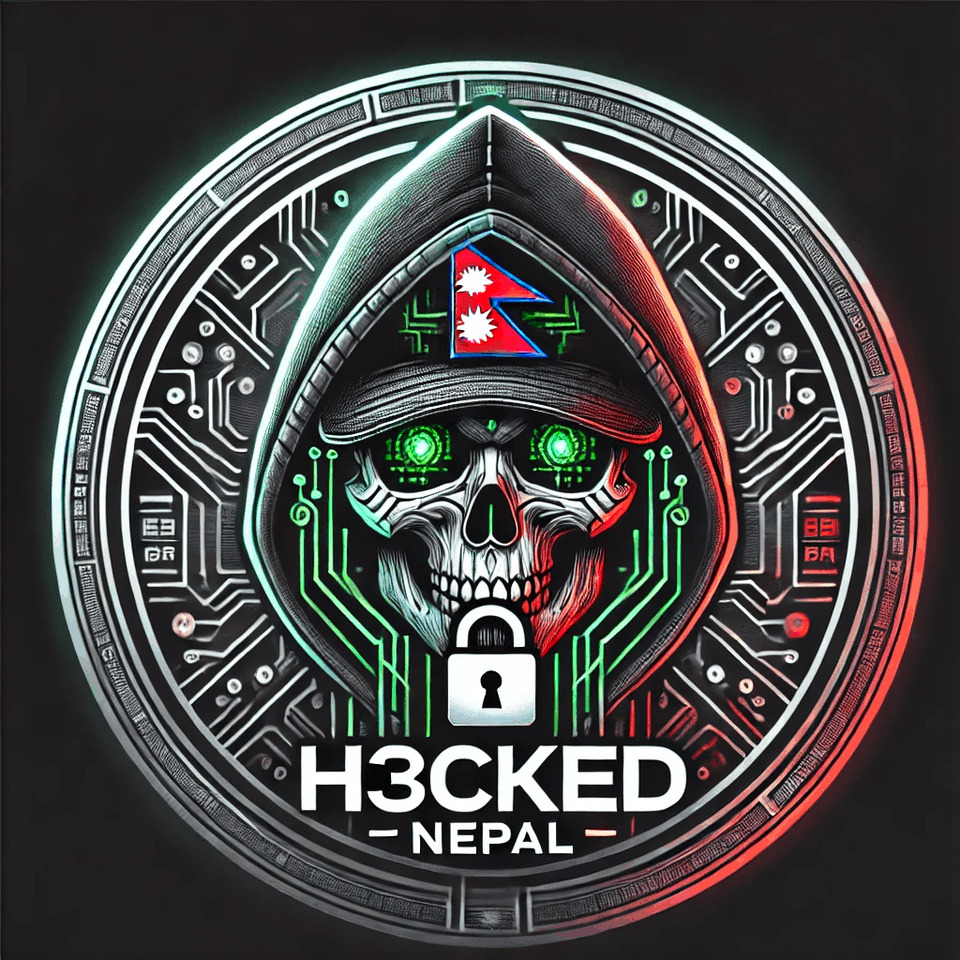The ability to list all running processes is fundamental for effective system administration. Hidden files usually start with a dot (.) and are often used to store configuration data for user environments or applications. By using ls -a, you will see a list of all files in the current directory, including those hidden files. This command is essential for managing files that may not be visible by default. A linux networking interview questions terminal emulator in Linux allows users to interact with the system through a command line interface within a graphical user interface (GUI). It enables the execution of shell commands in a windowed environment.
By using these commands, you can effectively monitor and manage disk space usage on your Linux system, which is an essential skill often addressed in Linux interview questions. The chmod command in Linux is used to change the permissions of files and directories, allowing users to control who can read, write, or execute a file. It provides a straightforward way to manage access rights through either numeric or symbolic modes. Understanding these commands and their usage is essential for Linux interview questions, as they demonstrate your ability to manage file systems effectively.
What Do You Mean by a Sticky Bit, and How Will You Set It?
- Now try to sshthe machine you want to connect, and you will see that you are able to login to the machine without a password.
- This file includes a line for each group, showing the group name, GID, and members.
- Here are some tips and resources to help you bring your best to your Linux interview.
- The diff command is essential for tracking changes in file versions or for verifying content duplication.
- Knowledge of shell scripting and automation with bash scripts sets candidates apart.
Candidates must demonstrate knowledge in identifying process IDs, altering process priorities, and controlling foreground and background processes. To display the current date and time in Linux, the date command is used. This command shows the system’s current date and time according to the system’s clock. It supports various formats to customize the output, which can be adjusted using format specifiers. The date command is crucial for scripts and operations that depend on time stamps.
Linux Admin Interview Questions and Answers for Experienced Employees
It operates at the data link layer of the OSI model and uses MAC addresses to forward traffic between segments. In these cases, swap space can help prevent system crashes due to out-of-memory errors and handle the memory demands of virtual machines and network file servers. The most common shortcut for logging out of the system is the Ctrl + Alt + Del key combination.
- After resizing the storage container, use resize2fs /dev/partition to resize the ext4 file system.
- In contrast, Windows is a paid, closed-source operating system with limited customization options.
- The MAC address is listed under the ‘link/ether’ section of the output.
- Here, they want to know your principles and how you make a decision when there are larger stakeholders involved.
- Developed to improve security policies, SELinux helps prevent exploitation and unauthorized access to systems.
- In contrast, absolute paths specify the exact location of a file or directory from the root directory, always starting with a `/`.
What Do You Mean by the /etc/resolv.conf File?
Hard links create an additional directory entry for the same file, sharing the same underlying data. Deleting a hard link does not affect other links or the original data; however, hard links only support files (not directories) and are restricted to the same file system. Linux runlevels is often a common topic in Linux, and it has been discussed in Linux interview questions, as it highlights a candidate’s grasp of system management and configuration. A shell is a command interpreter that processes and executes user commands, while a terminal is a program that provides a text-based interface to interact with the shell. For example, the GNOME terminal is a widely used terminal emulator, and BASH is a common shell.
Background processes run independently of the terminal, allowing the user to continue other tasks. Users can switch processes between foreground and background using the bg and fg commands. Terminating a process in Linux is typically achieved with the kill command, followed by the process ID (PID). For processes that do not terminate with the standard signal, kill -9 PID sends a SIGKILL, forcing the process to stop.
The ‘ifconfig’ or ‘ip addr show’ command can be used to display the IP address of a Linux system. In linxux we can simply use `-R` option with the `cp` command to recursively copy the file and directories. Ping command is used to test the network connectively between the local and remote hosts.
These commands will show you a comprehensive list of the environment variables currently set in your session. To create a hidden file in Linux, you can use the touch command followed by a dot (.) at the beginning of the filename. This dot signifies that the file is hidden, and it won’t appear in standard directory listings by default. In Linux, background processes run without blocking the terminal, allowing users to continue interacting with it while these processes execute. In contrast, foreground processes require active terminal interaction and occupy the terminal until they are complete. Compared to proprietary systems, it offers enhanced performance for development and servers and is supported by a large community for additional help.
By practicing these questions, candidates can expect higher chances of success and stand out in the highly competitive job market. Regardless of being a beginner or an experienced Linux user, mastering these interview questions can help you demonstrate your expertise in Linux. Show off your technical skills, knowledge, and passion for Linux, and pave the way for a successful career in the field. VLANs are created by configuring network switches to assign ports to a specific VLAN ID.
Linus Torvalds developed Linux, a Unix-like, free, open-source, and kernel operating system. Mainly it is designed for systems, servers, embedded devices, mobile devices, and mainframes and is also supported on major computer platforms such as ARM, x86, and SPARC. To run multiple commands one after the other in a single command, you can use either the semi-colon ‘;’, double ampersand ‘&&’, or ‘||’ symbols. When the origins file is updated, the contents of the hard link also get updated. In addition, the hard link remains unaffected even if the original file is removed. A soft link, also known as a symbolic link, is similar to a file shortcut on the Windows operating system.
The differences between vi and vim are often discussed in Linux interview questions, highlighting candidates’ knowledge of text editing tools in the Linux environment. This process is particularly useful for viewing recent changes or logs in a file. Understanding how to use the tail command is a common topic in Linux interview questions, reflecting a candidate’s familiarity with file manipulation in the operating system. As a global community of developers began contributing to its development, Linux experienced rapid enhancements and adoption.
This command changes the username but not the user’s home directory or UID. Adjustments may be needed for the user’s home directory to match the new username. This action requires careful planning to avoid disrupting the user’s access. System administrators perform this task to align with changes in naming conventions or user requests. Renaming a user is a critical operation that affects login credentials and system access. To view the contents of a file in Linux, commands like cat, less, more, and tail are used.

